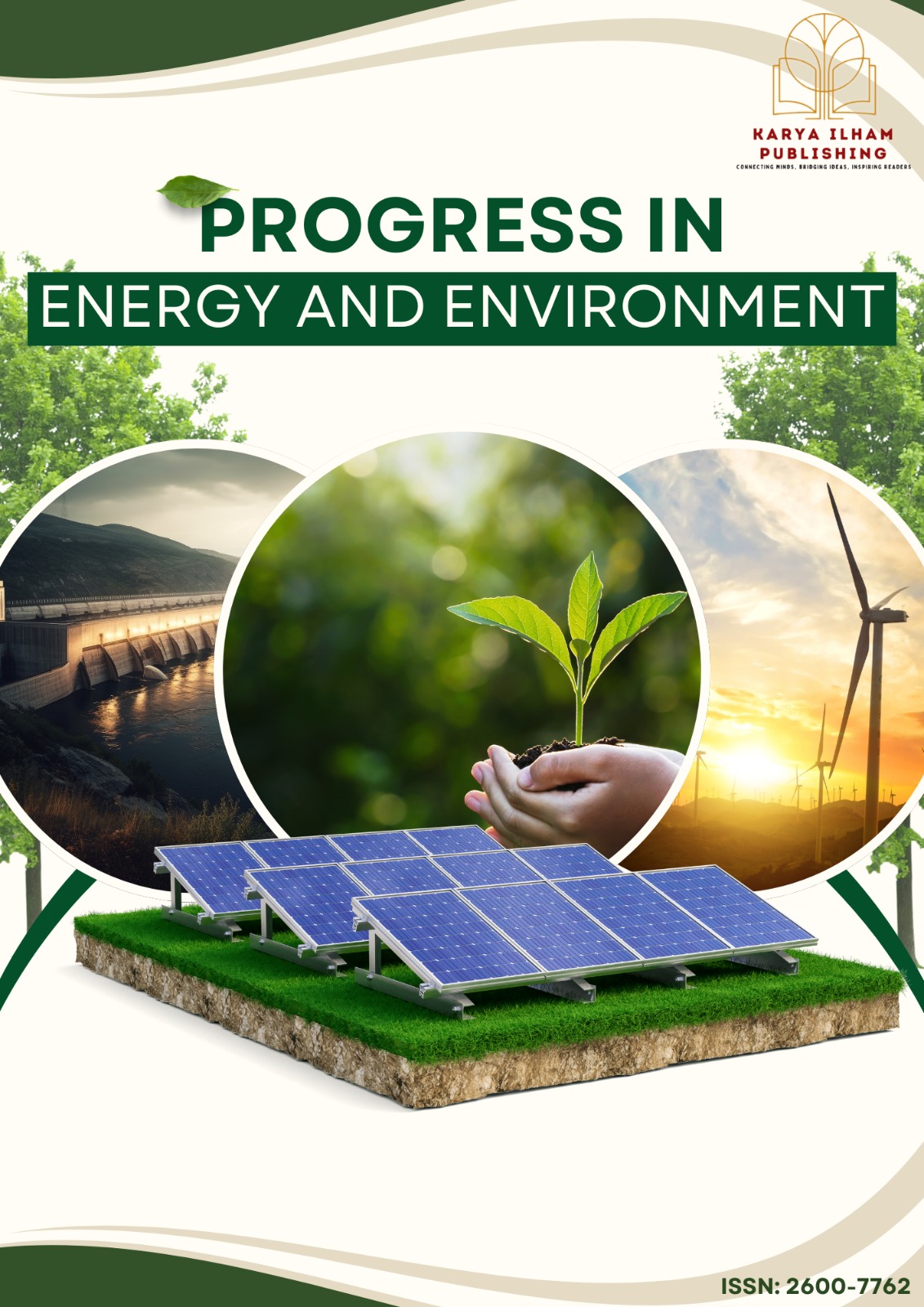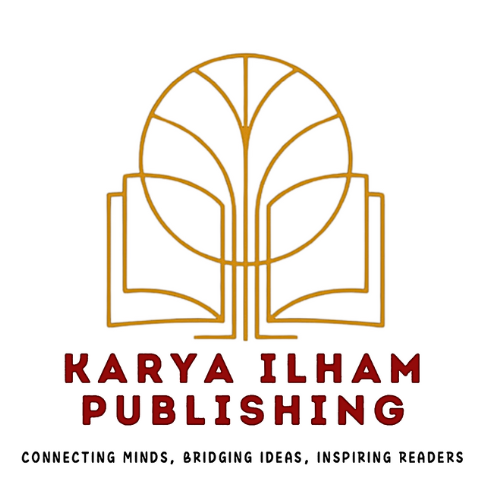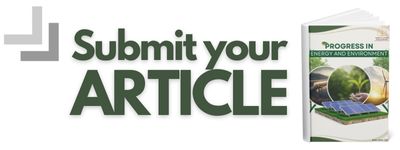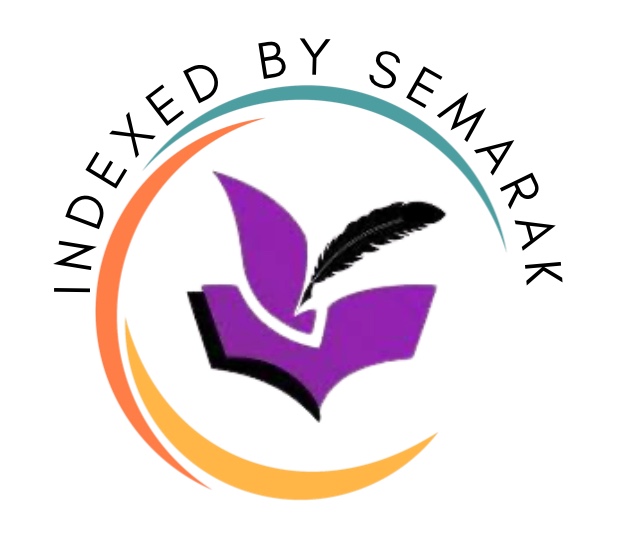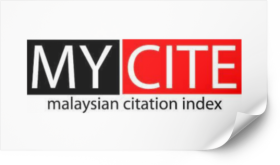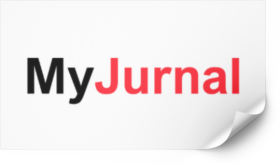Optimising Space Utilisation in Public Bus Terminals: Exploring the Link Between Space Management and User Satisfaction
Keywords:
Space Utilisation, Space Efficiency, User Satisfaction, Bus Terminal, Public Transportation FacilitiesAbstract
Public transportation hubs, especially for terminal buses, operate in many cities worldwide. The efficient utilisation of space in public utilities and facilities for transportation hubs, especially in terminal buses, is crucial. However, poor space management in bus terminals can lead to congestion, overcrowding, a lack of waiting places, inefficient space allocation, underutilization of certain areas, and many more issues that negatively impact operational inefficiencies and user experience. To settle these issues, efficient space management is crucial for enhancing user satisfaction. Therefore, to optimise space utilisation in Public Bus Terminals, this paper explores the direct relationship between space management and user satisfaction. The study highlights the theoretical framework that links the relationship between space management and user satisfaction. These findings also highlight the key factors of space management and space utilisation elements affecting user satisfaction, including waiting area availability, seating comfort, and passenger flow management. These factors will be incorporated as key variables in the questionnaire to assess their impact on user satisfaction in public transportation terminals. The findings emphasise the need for strategic space management to encourage several passengers and offer a positive experience, thereby reducing the cost of wasted space and optimising its use.
References
[1] P. White, Public Transport, 2016. https://doi.org/10.4324/9781315675770.
[2] A. Mehrabian, J.A. Russell, An approach to environmental psychology, The MIT Press, 1980. https://mitpress.mit.edu/9780262630719/an-approach-to-environmental-psychology/.
[3] G. Currie, and I. Wallis, Effective Ways to Grow Urban Bus Markets – A Synthesis of Evidence. Journal of Transport Geography 16 (2008) 419–429. https://doi.org/10.1016/j.jtrangeo.2008.04.007.
[4] A. Cartenì, I. Henke, and M. Picone, The Value of Waiting Spaces: Tourists’ Willingness to Pay for High-Quality Bus Terminals. Transportation Research Interdisciplinary Perspectives 26 (2024) 101129. https://doi.org/10.1016/j.trip.2024.101129.
[5] L.A. Lindau, D. Hidalgo, and A. De Almeida Lobo, Barriers to Planning and Implementing Bus Rapid Transit Systems. Research in Transportation Economics 48 (2014) 9–15. https://doi.org/10.1016/j.retrec.2014.09.026.
[6] Archibus, Space Management, Solution for Total Infrastructure and Facilities Management in the World, Boston, 1987.
[7] I. Ibrahim, W.Z.W. Yusoff, and K. Bilal, Space Management: A study on space usage level in higher education institutions, Procedia - Social and Behavioral Sciences 47 (2012) 1880–1887. https://doi.org/10.1016/j.sbspro.2012.06.917.
[8] W.S.Z.W. Hamdan, Md.Y. Hamid, N.A.M. Radzuan, and A.M.A. Shah, Study on Space Audit Assessment Criteria for Public Higher Education Institution in Malaysia: Space Capacity Assessment. MATEC Web of Conferences 66 (2016) 00078. https://doi.org/10.1051/matecconf/20166600078.
[9] Green Paper “Towards a new culture for urban mobility” European Commission - European Commission, 2007. https://ec.europa.eu/commission/presscorner/detail/en/memo_07_379.
[10] B. Edwards, Sustainability and the Design of Transport Interchanges, 2011. https://doi.org/10.4324/9780203839652.
[11] D. Hörcher, and A. Tirachini, A Review of Public Transport Economics. Economics of Transportation 25 (2021) 100196. https://doi.org/10.1016/j.ecotra.2021.100196.
[12] M.A. Saif, M.M. Zefreh, and A. Torok, Public Transport Accessibility: A Literature Review. Periodica Polytechnica Transportation Engineering 47 (2018) 36–43. https://doi.org/10.3311/pptr.12072.
[13] L. Wright, Bus Rapid Transit: A Review of Recent Advances, Edward Elgar Publishing eBooks (2011). https://doi.org/10.4337/9781849808392.00025.
[14] E.F. Sam, O. Hamidu, and S. Daniels, SERVQUAL Analysis of Public Bus Transport Services in Kumasi Metropolis, Ghana: Core User Perspectives. Case Studies on Transport Policy 6 (2017) 25–31. https://doi.org/10.1016/j.cstp.2017.12.004.
[15] I. Ibrahim, W.Z.W. Yusoff, and N.S.S. Sidi, Space Charging Model: Cost Analysis on Classrooms in Higher Education Institutions. Procedia - Social and Behavioral Sciences 28 (2011) 246–252. https://doi.org/10.1016/j.sbspro.2011.11.048.
[16] P. Lawrence, Building Design: More Than Meets the Eye. Journal of Business Strategy 10 (1989) 15–19. https://doi.org/10.1108/eb039316.
[17] M. Abdul Rahman et al., Space Utilization Analysis in Facility Management: A Case Study. Journal of Facility Management Studies, 12(4) (2009) 345–360.
[18] L.O.A. Hasan, Y.D. Hartono, A. Saleh, and A. Bahri, Space Utilization Optimization of New Campus of Halu Oleo University. IOP Conference Series Materials Science and Engineering 797 (2020) 012029. https://doi.org/10.1088/1757-899x/797/1/012029.
[19] O. Kayode, Determining the Prevailing Effects among Public Space Utilization Factors in Science City: A Study in Cyberjaya, Malaysia. Asian Journal of Geographical Research 5 (2020). https://doi.org/10.9734/ajgr/2022/v5i2134.
[20] J. Mandhani, J.K. Nayak, and M. Parida, Interrelationships among Service Quality Factors of Metro Rail Transit System: An Integrated Bayesian Networks and PLS-SEM Approach. Transportation Research Part a Policy and Practice 140 (2020) 320–336. https://doi.org/10.1016/j.tra.2020.08.014.
[21] K. Wong and J. Tan, Space Quality and Its Impact on Passenger Satisfaction in Transportation Hubs. Journal of Facility Planning, 19(2) (2017) 122–134.
[22] S. Jang, and Y. Namkung, Perceived Quality, Emotions, and Behavioral Intentions: Application of an Extended Mehrabian–Russell Model to Restaurants. Journal of Business Research 62 (2008) 451–460. https://doi.org/10.1016/j.jbusres.2008.01.038.
[23] L. Eboli, and G. Mazzulla, Service quality attributes affecting customer satisfaction for bus transit. Journal of Public Transportation 10(3) (2007) 21–34. https://doi.org/10.5038/2375-0901.10.3.2.
[24] S. Mehta, K. Patel, and R. Shah, Space Planning in Public Transportation: Optimizing Passenger Flow and Utilization. Journal of Transport Engineering and Technology 32(4) (2021) 153–167.
[25] R. Best, C. Langston, and G. De Valence, Workplace strategies and facilities management. Butterworth Heinemann Publications, UK, 2003.
[26] A. Brown, H. Lee, and J. Tan, Accessibility and Inclusivity in Public Spaces: A Case Study of Transportation Hubs. Journal of Urban Design 24(2) (2016) 101–115.
[27] K. Chua, M. Tan, and Y. Yeo, Passenger Flow Management in High-Traffic Transportation Hubs. Journal of Transportation Research 32(3) (2015) 214–229.
[28] L.O.A. Hasan, Y.D. Hartono, A. Saleh, and A. Bahri, Space Utilization Optimization of New Campus of Halu Oleo University. IOP Conference Series Materials Science and Engineering 797 (2020) 012029. https://doi.org/10.1088/1757-899x/797/1/012029.
[29] Y. Li, Layout Analysis and Optimization Design for Zhengding Bus Terminal. IOP Conference Series Earth and Environmental Science 791 (2021) 012017. https://doi.org/10.1088/1755-1315/791/1/012017.
[30] Y. Zhang, and H. Li, Space Utilization and Efficiency in Facility Management. Journal of Building Maintenance,11(1) (2015) 45–59.
[31] V. Chauhan, A. Gupta, and M. Parida, Demystifying Service Quality of Multimodal Transportation Hub (MMTH) through Measuring Users’ Satisfaction of Public Transport. Transport Policy 102 (2021) 47–60. https://doi.org/10.1016/j.tranpol.2021.01.004.
[32] M. Chen, and T. Lee, Factors Influencing User Satisfaction in Public Transportation Facilities. Transportation Research Part A: Policy and Practice 86 (2016) 45–56.
[33] M.S.M. Arip, K. Rashid, A.L. Ahmad, M.A.A. Azman, M.F. Sazali, and M.F. Ismail, Users’ Satisfaction with Malaysia’s Public Transportation Hub Facilities and Services. International Journal of Academic Research in Business and Social Sciences 7(5) (2022) 1187–1198. http://dx.doi.org/10.6007/IJARBSS/v12-i7/13037.
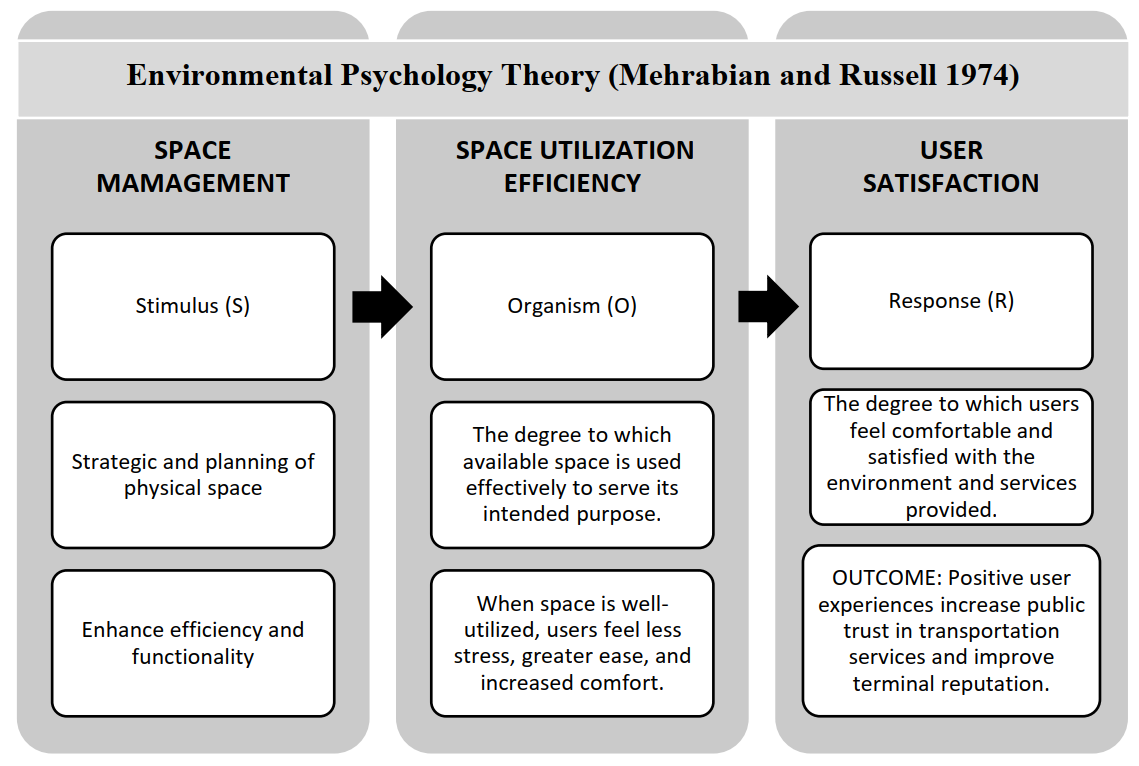
Downloads
Published
Issue
Section
License
Copyright (c) 2025 Progress in Energy and Environment

This work is licensed under a Creative Commons Attribution-NonCommercial 4.0 International License.
